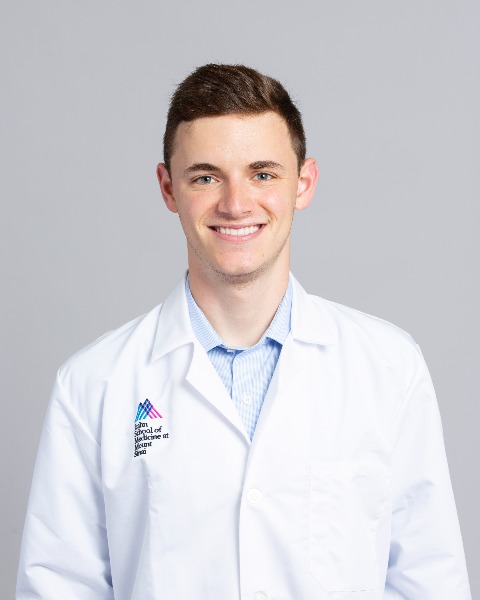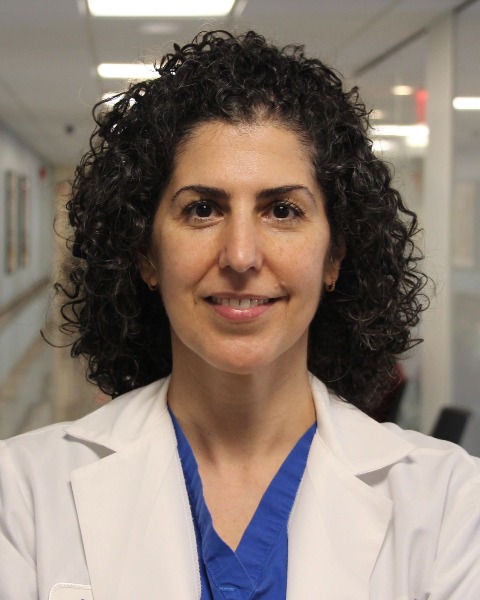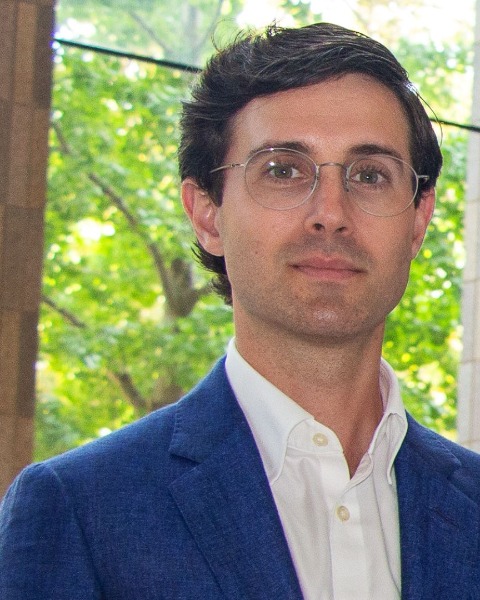Hepato-pancreato-biliary
E182: Adherens Junction Pathway Genetic Alterations Are Associated with Worse Prognosis in Pancreatic Ductal Adenocarcinoma

Adam D. Geffner (he/him/his)
Medical Student
Icahn School of Medicine at Mount Sinai
Livingston, New Jersey, United States
Adam D. Geffner (he/him/his)
Medical Student
Icahn School of Medicine at Mount Sinai
Livingston, New Jersey, United States
Adam D. Geffner (he/him/his)
Medical Student
Icahn School of Medicine at Mount Sinai
Livingston, New Jersey, United States.jpg)
Allen T. Yu, MD, PhD
Resident Physician
Mount Sinai School of Medicine
New York, New York, United States
Judy Li, MD (she/her/hers)
Surgical Oncology Research Fellow
Mount Sinai School of Medicine
Jersey City, New Jersey, United States- SH
Spiros Hiotis, MD, PhD
Professor
Icahn School of Medicine at Mount Sinai
New York, New York, United States - GG
Ganesh Gunasekaran, MD
Associate Professor
Icahn School of Medicine at Mount Sinai, United States - CC
Camilo Correa, MD
Assistant Professor
Icahn School of Medicine at Mount Sinai, United States 
Umut Sarpel, MD, MSc (she/her/hers)
Chief, Division of Surgical Oncology
Beth Israel Deaconess Medical Center, United States
Noah A. Cohen, MD (he/him/his)
Associate Professor
Icahn School of Medicine at Mount Sinai
NEW YORK, New York, United States
ePoster Abstract Author(s)
Submitter(s)
Author(s)
Pancreatic ductal adenocarcinoma (PDAC) has a poor 5-year survival rate, as most patients present with advanced disease and recurrence rates are high after resection of localized PDAC. We aim to describe genetic classifications in PDAC and their associations with metastasis and recurrence.
Methods: We performed a retrospective study of patients with PDAC who had panel sequencing between 2013 and 2022. STRING v11.5 functional link analysis was performed, and mutations with similar functional significance were clustered together via k-means clustering. Pathway analysis and reactome analysis was performed on each cluster. Disease-free survival (DFS) was estimated by Kaplan-Meier and compared with the log-rank test.
Results: Overall, 124 patients were analyzed: 76 (61%) patients with localized PDAC who underwent surgical resection, and 48 (39%) patients who presented with metastatic PDAC. A total of 109 unique mutations were identified. Alterations occurred most commonly in KRAS (86%), TP53 (73%), CDKN2A (27%), SMAD4 (14%), and ATM (10%). The frequency of individual mutations did not differ between the resected and metastatic groups. K-means clustering yielded six distinct clusters with an average of 58 patients per cluster. Pathway analysis revealed unique cluster functions (1: Adherens junction, 2: DNA repair, 3: PI3K/AKT signaling, 4: Transcription regulation, 5: Cell cycle, and 6: RAS signaling). Alterations in Cluster 1 occurred more frequently in the metastatic group compared to the resected group (54% vs. 30%, P=0.013), revealing enrichment of adherens junction genes. Further, in the surgical resection cohort, those with Cluster 1 alterations (N=23) had significantly worse 3-year DFS compared to those patients without Cluster 1 alterations (N=53) (4% vs. 26%, P=0.010), and trended towards shorter median DFS (18.6 months [IQR 13.6-26.0 months] vs. 25.8 months [13.4-54.3 months]; P=0.092) (Figure).
Conclusions:
Genetic clustering analysis revealed enrichment of adherens junction pathway alterations in patients who presented with metastatic PDAC compared to patients who presented with localized PDAC and underwent surgical resection. Further, patients with mutations in this pathway who underwent surgical resection experienced shorter DFS. This suggests that pathway disruption, rather than individual gene mutations, may play a larger role in prognosis for patients with PDAC.
Learning Objectives:
- Upon completion, participant will be able to understand how a genetic clustering analysis may elucidate trends in PDAC prognosis.
- Upon completion, participant will be able to understand how alterations of certain genetic clusters in PDAC may portend worse disease-free survival rates.
- Upon completion, participant will be able to describe how alterations in the adherens junction pathway may contribute to early recurrence and metastasis in PDAC.
